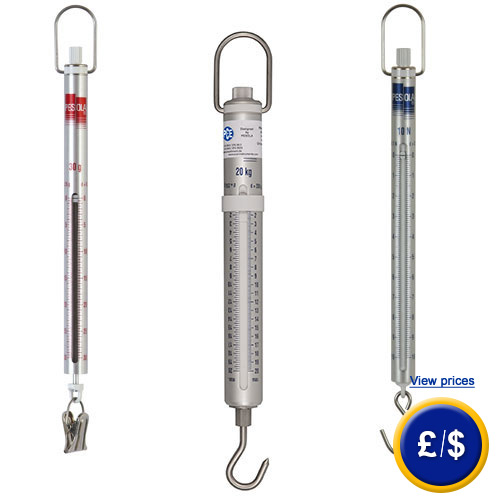Rubber Band Cart Launcher Lab
Purpose: The purpose of this lab was to determine the relationship between energy and velocity.
Procedure: We attached our single banded rubber band to the air track, launched our glider with the rubber band, and our velocity was measured by the Photogate Censor. Each time we did this we increased the distance we pulled the rubber band back by .01 meters, and for each distance we launched the glider twice for more accuracy. We used five different distances, with our final distance being .05 meters, so we had a total of ten launches.
Data: Stretched distance, trial 1 and trial 2 velocities, average velocity, squared velocity, and energy
We then plotted our points putting velocity(m/s)^2 on the x-axis, and energy(J) on the y-axis. This meant that our Independent Variable(IV) is the velocity or the glider, and the Dependent Variable(DV) is the energy used to launch the glider. Using the Graphical Analysis App we used a best fit line to interpret our data and came up with a slope of .258.
LOL Chart: We discovered a different way to interpret our data and the transfer of energy by using a LOL chart. When you pull back the rubber band, the energy in the rubber band becomes potential energy, when you release( using the rubber band and the glider), the energy becomes kinetic energy, allowing the glider to move.
Equation Time!
Because of glider was .4kg and our slope was about .2kg we were able to determine that the slope of our line was half the mass of the cart. Using a best fit line to evaluate our data, we modeled our linear equation off of y=mx+b(but b=0 so it cancelled out).
Kinetic Energy Equation:
K=1/2mv^2
- K= Kinetic Energy
- m=mass
- v=velocity squared
One real world connection doesn't involve any machines at all, just you and a ball. I have played softball for many years and have been taught to use correct form by all of the coaches I have played for, and over the years this has allowed me to increase the speed and distance I can throw the ball. What I have learned that the further you pull your arm back, the faster and farther the ball will go, so when you increase the distance, you increase the energy you out behind the ball, therefore increasing it's velocity too.

































.png/300px-Block_and_tackle_(PSF).png)